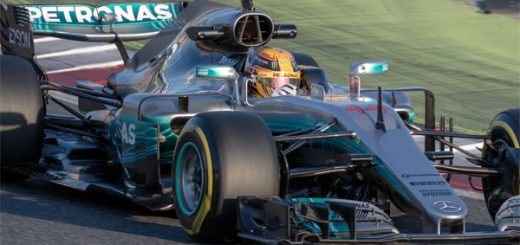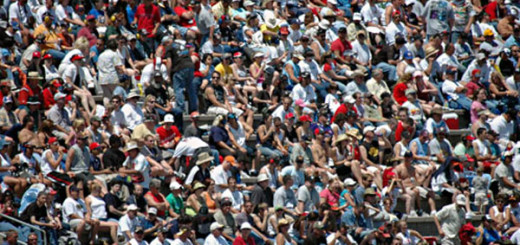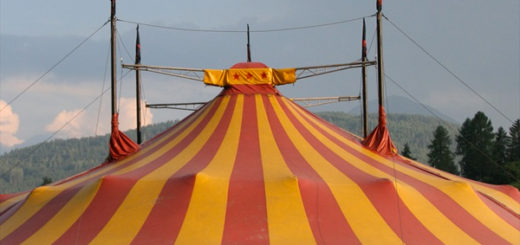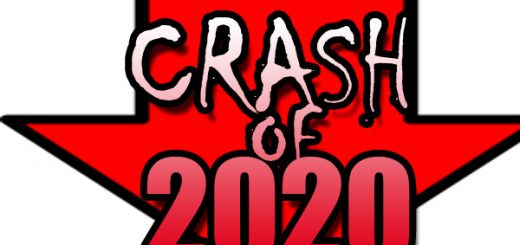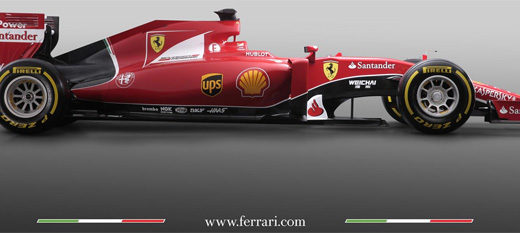Auto Racing On The Brink Of Extinction
For those of you who come to this blog often, you will know that I am both a big lover of auto racing, but also a pessimist when it comes to the future of many of the professional levels of the sport. As time goes on, it gets clearer and clearer that auto racing no longer fulfills a technical need for car companies, and rather has become a sort of finite engineering puzzle most likely won by those with the most cash. That cash is one of the key issues, it’s in relatively short supply these days and that supply is getting smaller every day it seems, as companies move away from racing sponsorship which cost big and return perhaps marginal results.
NASCAR is one of those sports very much on the brink. A formula of non-stock stock cars (go figure) running almost forgotten pushrod V8 engines, around the same set of tracks with the same basic collection of drivers for years at a time. It gets even weirder when you figure out that a very few teams make all of the cars and engines for every other team on the grid, unlike the past where each made their own “best try” to win. The sport is like a petrified forest of older drivers, old technology, and tracks that encourage truly dull racing. In a super restrictive rules package, tens of millions of dollars are spent by teams looking for 1/100 of a second advantage, hiring more and more specialists and engineers to wring the last 1% for the tired technology. How old is the technology? NASCAR only just ditched carbs for fuel injection systems, only about 30 years after they became common on street cars. With a bigger demand for money, there is a sucking sound of the top performing teams signing up more and more partial season sponsors, meaning the rich get richer and the poor get poorer. There are a number of cars running in the top NASCAR series with either no sponsorship, self sponsorship, or week to week local pickup sponsors paying the bills, and these cars tend to end up as start and parkers rather than real racers. The demand for NASCAR’s product has dropped so much that they are ripping out tens of thousands of seats from their venues in an attempt to make the grandstands look less empty on race day. Their junior series are worse, the Nationwide series has plenty of clearly unsponsored cars running, even from the biggest teams, and they often race in front of small crowds. The trucks are even worse, a series truly on the brink of extinction in the very short term for lack of sponsorships to keep the trucks on track. The capper on all of this is that Jimmie Johnson won his 6th championship in 8 years, driving for the richest of the rich teams – and the one that makes the cars for so many others. Go figure.
Formula One isn’t doing all that much better. Driver Mark Webber, who is on his way out after a final race in Brazil, has noted that the driver market is in pretty sad shape. top drivers like Kimi Rikkonnen apparently went almost all year without getting paid, and many of the drivers on the grid are either driving for little more than their cost to be there, or worse have brought millions of dollars of sponsorships to get a ride. The costs of running a top F1 team right now are something about 500 million per season, well beyond the reach of most. It has lead to consolidation with only 3 or 4 engine manufactures in the series, and a have and have not mentality that splits the grid. At the head end of the grid a few teams have the funds to go fast, but most of the rest of the grid is mired in a constant struggle to make enough money just to stay on the grid. One team folded before the seasons started, and both Sauber and Lotus are reported to have serious financial issues. Other smaller teams are using ride buying drivers just to be able to afford to stay on the grid, even if the drivers are not always the best. All of this of course to the background of F1 leader Bernie Ecclestone in court for apparently having screwed around financially when F1 was sold a number of years ago. F1’s race calendar is set mostly by whoever pays Bernie the most for the races, period, with no consideration beyond that seeming to be in effect, yet much of that money doesn’t appear to trickle down to the teams. The newest agreement with the teams pretty much leaves the lowest two teams out in the cold when it comes to financial support, making the rich get richer and the poor, well, they can just go away.
It’s increasingly likely that Formula One will have fewer cars on it’s starting grid soon, it’s unlikely that 12 teams can find a combined 6 billion a year of sponsorship to run a level playing field, and at some point the costs of doing business will drive some of them off the grid entirely. The fact that nobody has stepped up to take the 13th team spot that was dropped by HRT this year is a sign that things are not all that well.
Even in the world of GT racing, road racing, and endurance racing, there continues to be a shortage of top teams to fill the grids. The Lemans endurance series only ever seems to have a small handful of teams running in the top tier, with few of them having the cash or technology to win unless those in front of them fail. The deck chairs on this Titanic get reshuffled from time to time, mostly in the lower GT classes, but in the end, any growth seems to come with equal amounts of loss each time.
There are a few bright spots, to be fair. GT racing in general seems to be on the upswing, with plenty of nice cars and some good coverage worldwide. However, many of the events seem to run to empty or near empty grandstands, which means they depend on TV exposure to make it work out. The brightest star right now is the Australian Supercar series, which recently added more brands into the mix, plays to big crowds, and gets rock star coverage all over Australia and Asia.
The real challenge for auto racing is to be interesting and relevant in a time where the technology on a street car is often superior to that on a the racing cars, and where hybrid and full electric seems to be the longer term future. F1 is trying with their move to a more hybrid engine package for 2014, but NASCAR and it’s stone age push rod V8 engines look to be about as out of touch as you can imagine. The costs related to doing this are sky high, pinching the top series even more and making it less and less possible for teams to really compete. The loss of competition and the repeat champions in various series show that perhaps they have played out, and the loss of fan interest in inevitable… and that leads to extinction, just ask CART.


